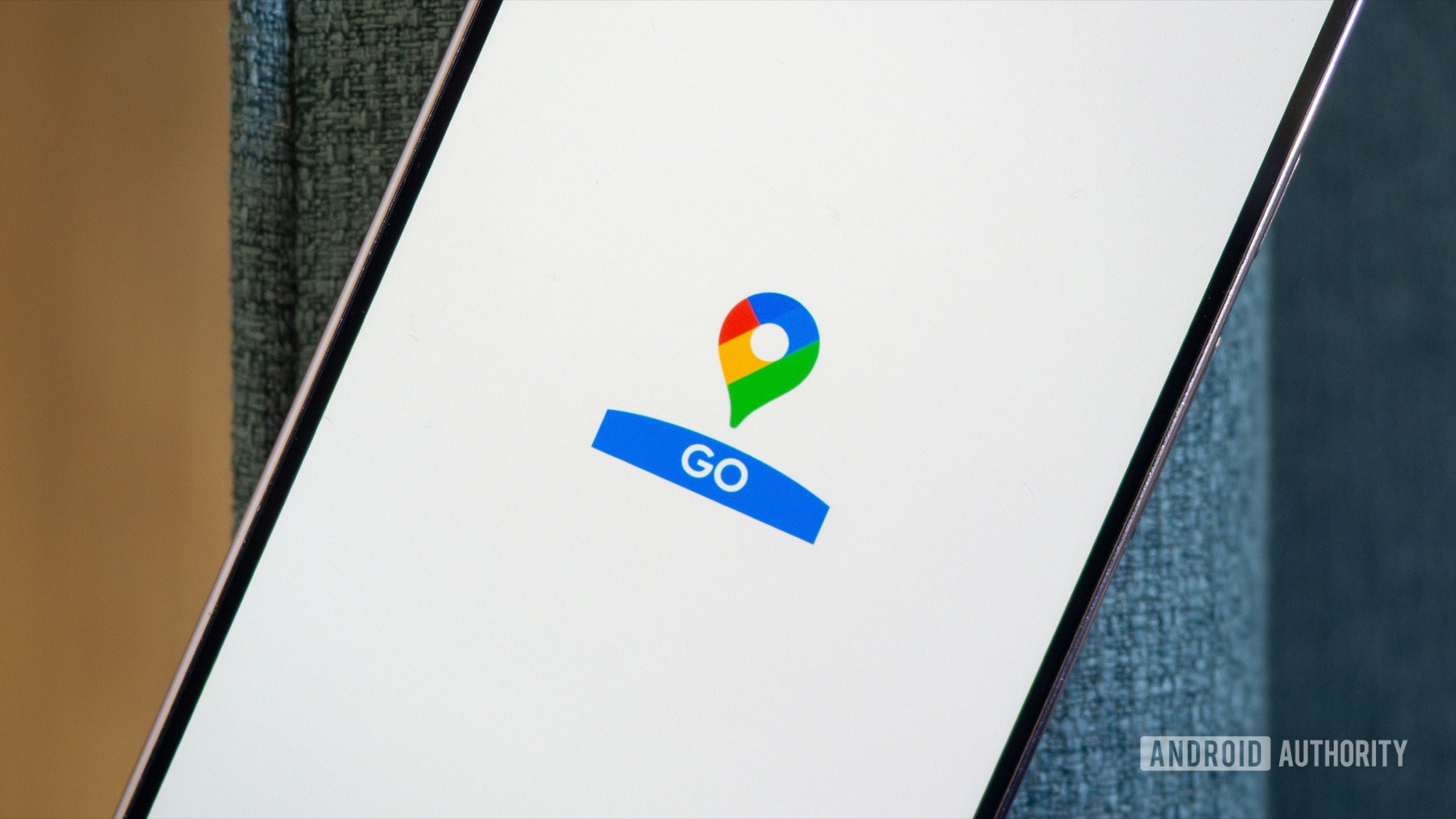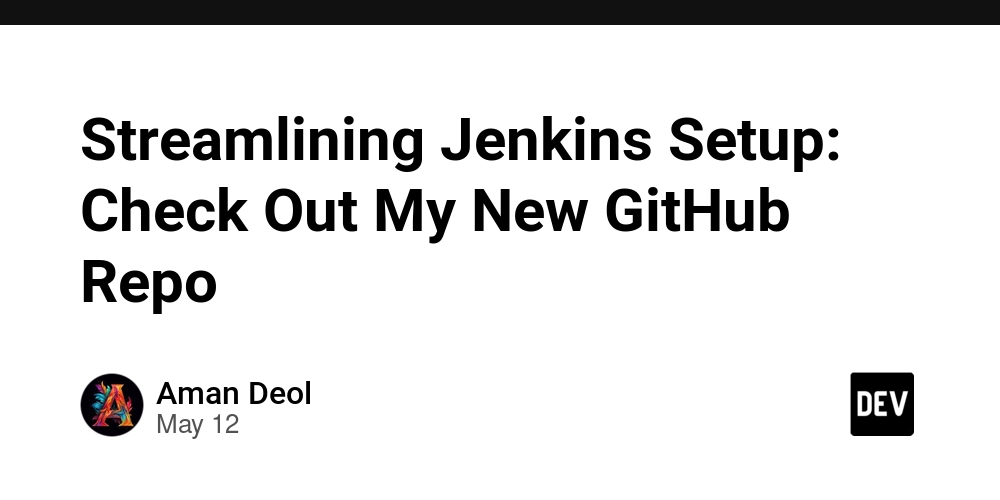Client Communication Skills: Tried-and-True Best Practices to Close Expectations and Build Long-Term Relationships
"We opened up a flawless website by plan — and then lost the client." That's the story that changed everything about the way I manage client relationships. I used to believe that as long as the code was perfect and deadlines were met, customers would be happy. But I learned the hard way that communication is really the secret to successful projects. Whether you're a coder, freelancer, or agency manager, this post is for you. This is how you can become a client communications master, manage expectations, and turn one-off projects into repeat relationships. Why Client Communication Is More Than You Think Clients don't request results; they require to be heard and valued. When communications break down, even the best work is a disappointment. I skipped regular updates and jargon early on, assuming clients would "just trust" me. What I got instead were grumpy emails and generic feedback. The wake-up call? I began treating communication like a deliverable, not a footnote. Set Crystal-Clear Expectations on Day One Before you write a single line of code, make it explicit: Project scope: What's included and excluded? Deadlines: Realistic and agreed upon by both parties. Deliverables: Precisely what will the client receive and when? Communication plan: How often will you check in? What tools will you use? Utilize contracts and kickoff documents to formalize this. The more explicit you are from the beginning, the less surprise down the line. Over-Communicate (Particularly When There's Nothing New) Customers hate to be left in the dark. Silence breeds doubt and speculation. Even if it's not a blockbuster update, send a fast note: "Still on track!" "Running into X hurdle; here's the solution we're using." "Passed milestone Y — here's what's next." Tools like Slack, Email, or even Loom videos make it easy and personal. Speak Their Language — Drop the Tech Jargon Remember, clients are not developers. When you utter "refactoring" or "API integration," they may think "murky issue." Instead, break tech jargon into business benefit: "Enhancing the code will make your site load quicker and be simpler to maintain." "Implementing this feature will allow your customers to checkout in less steps, increasing sales." This establishes confidence and enables clients to view your work as a direct effect on their objectives. Document Everything Send out meeting summaries and action items after meetings. What was settled on? Who is doing what? Deadlines and what's next. This prevents misunderstandings and leaves a paper trail in case of conflicts. Be Proactive With Challenges Should anything go wrong or there are delays, don't keep it under wraps. Honesty is appreciated by clients. Explain the problem, propose solutions, and modify timelines together. Proactive communication turns potential crises into confidence-builders. Real Story: How Communication Saved a Project Recently, my client's feedback loop broke since their marketing team was overbooked. Instead of waiting in silence, I reached out to them proactively. I created a direct update video describing the status and provided working around deadlines to accommodate their bandwidth. This transparency led to: Renewed trust Improved working A longer contract for repeat assignments Bonus Smooth Client Communication Tips Use project management tools (Asana, Trello, ClickUp) for transparency. Do regular check-ins (weekly or fortnightly). Create a client handbook to set communication guidelines. Ask people for feedback on your communication style. Your Turn: What's Your #1 Client Communication Tip? Leave your experience and tip in the comments! Let's build a community of developers who not only write great code but communicate super well.

"We opened up a flawless website by plan — and then lost the client."
That's the story that changed everything about the way I manage client relationships.
I used to believe that as long as the code was perfect and deadlines were met, customers would be happy. But I learned the hard way that communication is really the secret to successful projects.
Whether you're a coder, freelancer, or agency manager, this post is for you. This is how you can become a client communications master, manage expectations, and turn one-off projects into repeat relationships.
Why Client Communication Is More Than You Think
Clients don't request results; they require to be heard and valued. When communications break down, even the best work is a disappointment.
I skipped regular updates and jargon early on, assuming clients would "just trust" me. What I got instead were grumpy emails and generic feedback.
The wake-up call? I began treating communication like a deliverable, not a footnote.
- Set Crystal-Clear Expectations on Day One Before you write a single line of code, make it explicit:
Project scope: What's included and excluded?
Deadlines: Realistic and agreed upon by both parties.
Deliverables: Precisely what will the client receive and when?
Communication plan: How often will you check in? What tools will you use?
Utilize contracts and kickoff documents to formalize this. The more explicit you are from the beginning, the less surprise down the line.
- Over-Communicate (Particularly When There's Nothing New) Customers hate to be left in the dark. Silence breeds doubt and speculation.
Even if it's not a blockbuster update, send a fast note:
"Still on track!"
"Running into X hurdle; here's the solution we're using."
"Passed milestone Y — here's what's next."
Tools like Slack, Email, or even Loom videos make it easy and personal.
- Speak Their Language — Drop the Tech Jargon Remember, clients are not developers. When you utter "refactoring" or "API integration," they may think "murky issue."
Instead, break tech jargon into business benefit:
"Enhancing the code will make your site load quicker and be simpler to maintain."
"Implementing this feature will allow your customers to checkout in less steps, increasing sales."
This establishes confidence and enables clients to view your work as a direct effect on their objectives.
- Document Everything Send out meeting summaries and action items after meetings.
What was settled on?
Who is doing what?
Deadlines and what's next.
This prevents misunderstandings and leaves a paper trail in case of conflicts.
- Be Proactive With Challenges Should anything go wrong or there are delays, don't keep it under wraps.
Honesty is appreciated by clients. Explain the problem, propose solutions, and modify timelines together.
Proactive communication turns potential crises into confidence-builders.
Real Story: How Communication Saved a Project
Recently, my client's feedback loop broke since their marketing team was overbooked. Instead of waiting in silence, I reached out to them proactively.
I created a direct update video describing the status and provided working around deadlines to accommodate their bandwidth.
This transparency led to:
Renewed trust
Improved working
A longer contract for repeat assignments
Bonus Smooth Client Communication Tips
Use project management tools (Asana, Trello, ClickUp) for transparency.
Do regular check-ins (weekly or fortnightly).
Create a client handbook to set communication guidelines.
Ask people for feedback on your communication style.
Your Turn: What's Your #1 Client Communication Tip?
Leave your experience and tip in the comments! Let's build a community of developers who not only write great code but communicate super well.












































































































































































![[The AI Show Episode 146]: Rise of “AI-First” Companies, AI Job Disruption, GPT-4o Update Gets Rolled Back, How Big Consulting Firms Use AI, and Meta AI App](https://www.marketingaiinstitute.com/hubfs/ep%20146%20cover.png)

























































































































![[DEALS] The ChatGPT & AI Super Bundle (91% off) & Other Deals Up To 98% Off – Offers End Soon!](https://www.javacodegeeks.com/wp-content/uploads/2012/12/jcg-logo.jpg)



![How to make Developer Friends When You Don't Live in Silicon Valley, with Iraqi Engineer Code;Life [Podcast #172]](https://cdn.hashnode.com/res/hashnode/image/upload/v1747360508340/f07040cd-3eeb-443c-b4fb-370f6a4a14da.png?#)


























































































































































































































-xl-(1)-xl-xl.jpg)


























![iPhone 17 Air Could Get a Boost From TDK's New Silicon Battery Tech [Report]](https://www.iclarified.com/images/news/97344/97344/97344-640.jpg)
![Vision Pro Owners Say They Regret $3,500 Purchase [WSJ]](https://www.iclarified.com/images/news/97347/97347/97347-640.jpg)
![Apple Showcases 'Magnifier on Mac' and 'Music Haptics' Accessibility Features [Video]](https://www.iclarified.com/images/news/97343/97343/97343-640.jpg)
![Sony WH-1000XM6 Unveiled With Smarter Noise Canceling and Studio-Tuned Sound [Video]](https://www.iclarified.com/images/news/97341/97341/97341-640.jpg)


































































